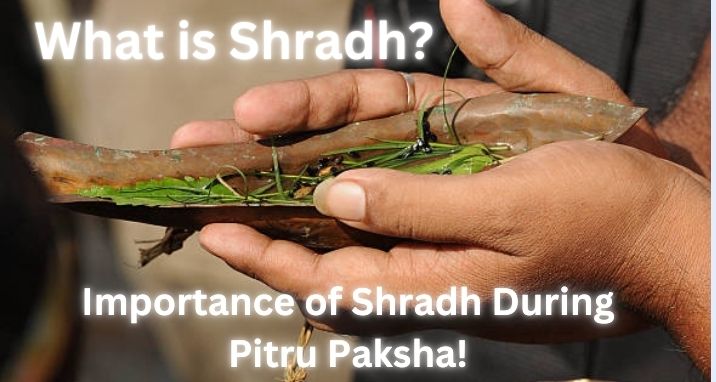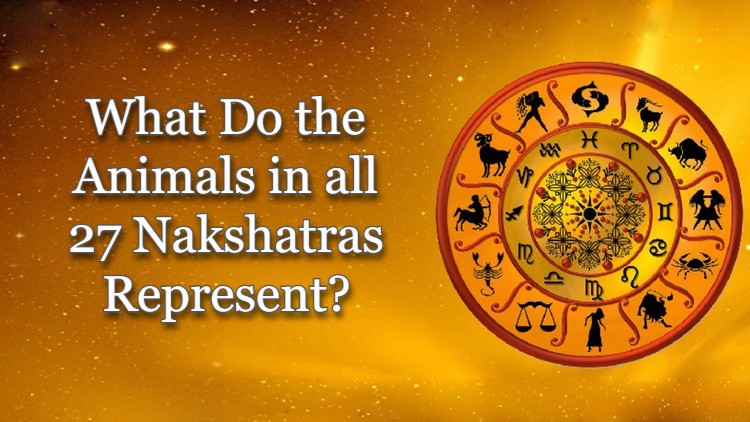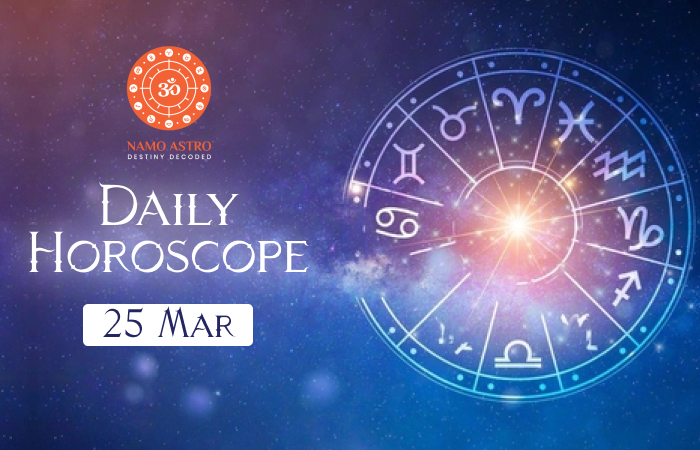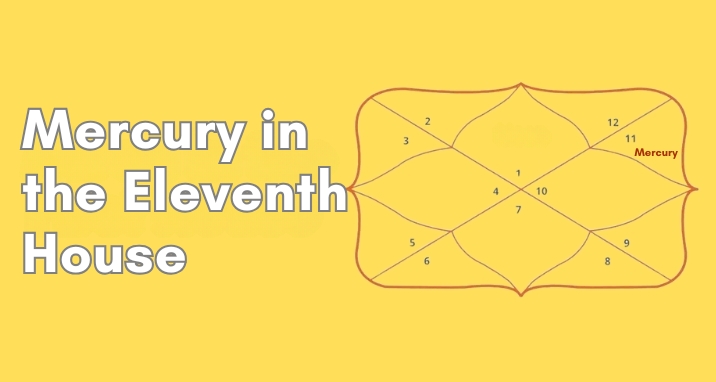What is Shradh? Importance of Shradh During Pitru Paksha!

What is Shradh?
The word “Shradh” comes from two Sanskrit words: “sat,” meaning truth, and “adhār,” meaning basis. So, Shradh refers to an act performed with deep faith and sincerity. It is a ritual to show our respect and fulfill the needs of our ancestors. You can get all the necessary information about Pitru Paksha 2024 here.
As per the Vishwamitra Smriti and Bhavishya Purana, there are 12 types of Shradha:
- Nitya Shradh
- Neimitik Shradh
- Kamya Shradh
- Vriddhi Shradh
- Sapindan Shradh
- Parvan Shradh
- Ghosti Shradh
- Shudhyarth Shradh
- Karmang Shradh
- Daivik Shradh
- Pustyarth Shradh
- Smart Shradh (Samvatsrik)
What is the Importance of Performing Shradh for Ancestors?
By performing Shradh rites, the ancestors who have reached the Pitrulok get help for their journey to the next stage.
If our deceased family members have unfulfilled desires and haven’t moved on to a higher realm, Shradh rites can help them progress.
Some ancestors who have done bad deeds might not reach Pitrulok and instead become ghosts. The Shradh rites are done to help them move on from being ghosts.
The following verse from the Bhagavad Gita offers insight into the consequences for those who do not perform Shradh.
पतन्ति पितरो ह्येषां लुप्तपिण्डोदकक्रियाः ।
– Shrimadbhagwadgita, Adhyaya 1, Shloka 42
It means that if people do not perform rituals like pindadan, Shradh, or tarpan, their ancestors end up in a lower realm. This, in turn, hinders the spiritual progress and liberation of their descendants.
Performing Shradh helps settle any outstanding debts with someone. For example, if we owe something to a person who dies before we can repay them, performing their Shradh is a way to clear that debt.
When Shradh is performed on the anniversary of a person’s death, the food offered provides nourishment for their subtle body for the entire year. The deceased continue to have desires and expect offerings from their descendants on that day. Performing Shradh not only fulfills these desires but also gives them energy for their journey to the next realm. If a strong desire remains, it can delay their progress because the energy from Shradh is used to satisfy that desire. Regularly performing Shradh helps reduce these desires over time, allowing the ancestors to gain momentum. Therefore, we should perform Shradh every year as a way of honouring and showing gratitude to our ancestors while we are still alive.
History Behind the Shradh Puja
In the Mahabharata, when the Ang raja Karna died and his soul reached heaven. He was presented with the ornaments of the gold instead of food. He asked Devraj Indra why he is not getting the food. The later then told him that the reason for this is he has donated these things in his entire life, not food to the ancestors. Karna replied to him that this was because he did not know his ancestors. On hearing this, Bhagwan Indra allowed to send Karna to Earth for 15 days so that he can offer food to his ancestors. This period of 15 days is known as Pitru Paksha.
What is the Importance of Performing Shradh During Pitru Paksha?
On the new moon day each month, people can perform Shradh to honour and bring peace to their ancestors. However, performing Shradh during Pitru Paksha is considered especially important.
On Pitru Paksha days, families should remember their ancestors, especially on the anniversary of their death, and perform the rituals on that specific date. If you don’t know the exact date of an ancestor’s death, you can perform the Shradh on Ashwin Amavasya, also known as Sarvapatriya Amavasya.
The Role of Crows in Shradh Ceremonies
One interesting aspect of Shradh is the role of crows. In Hinduism, crows are considered sacred and are thought to be messengers of the ancestors. During the Shradh ceremony, families place food outside for the crows. If a crow eats the food, it is believed that the ancestors have accepted the offerings.
If the crow does not eat the food, it is seen as a sign that the ancestors might be dissatisfied. In such cases, the family may need to perform further rituals to seek their forgiveness and blessings.
If you have any doubts regarding the rituals performed on Shradh, you can speak to experienced pandits and astrologers at NamoAstro.
Frequently Asked Questions
Q: Why Shraddha is done?
A: According to the Garuda Purana, after a person dies, their soul begins a journey to Yamapuri, which takes thirteen days. It then continues traveling through Yamapuri for eleven months before finally reaching Yamaraj’s court in the twelfth month.
During these eleven months, the soul has no access to food or water. It is believed that the Pindadan and Tarpan rituals performed by the family help satisfy the soul’s hunger and thirst during this journey until it reaches Yamaraj’s court.
Q: Who should perform Shraddha?
A: The son should perform the Shraddha.
Q: Can a wife do Shradh for her husband?
A: In the absence of the Son, the wife can perform the Shraddha for her husband.
Q: Can I seek guidance from an astrologer for Shraadh?
A: Yes, it is common to seek guidance from a knowledgeable astrologer when performing Shraadh, especially if you are unfamiliar with the rituals or specific traditions. In order to get help for any part of the ritual, you can always talk to an experienced astrologer at NamoAstro.









